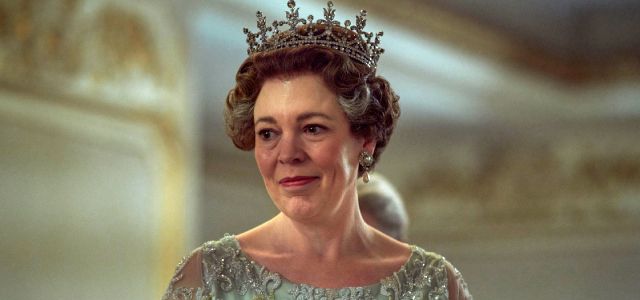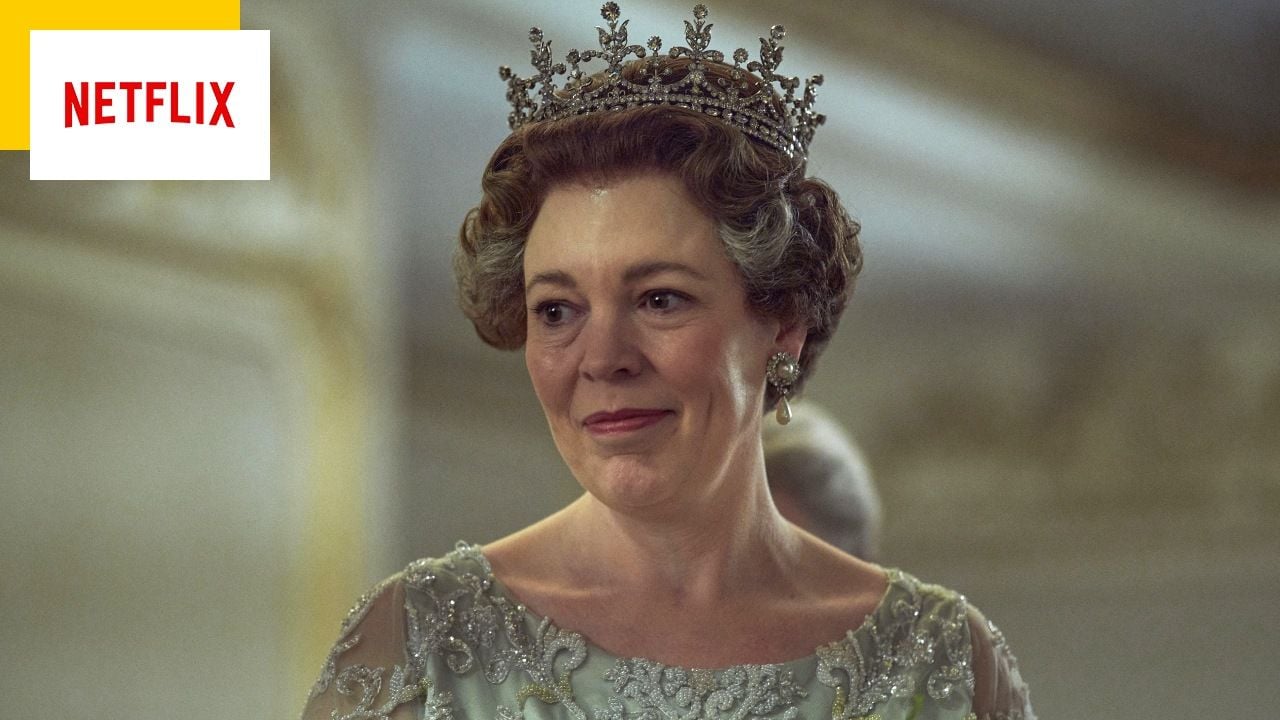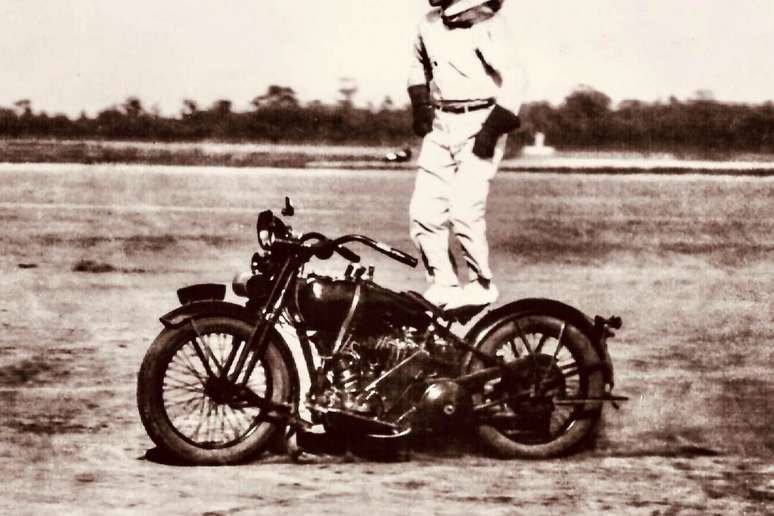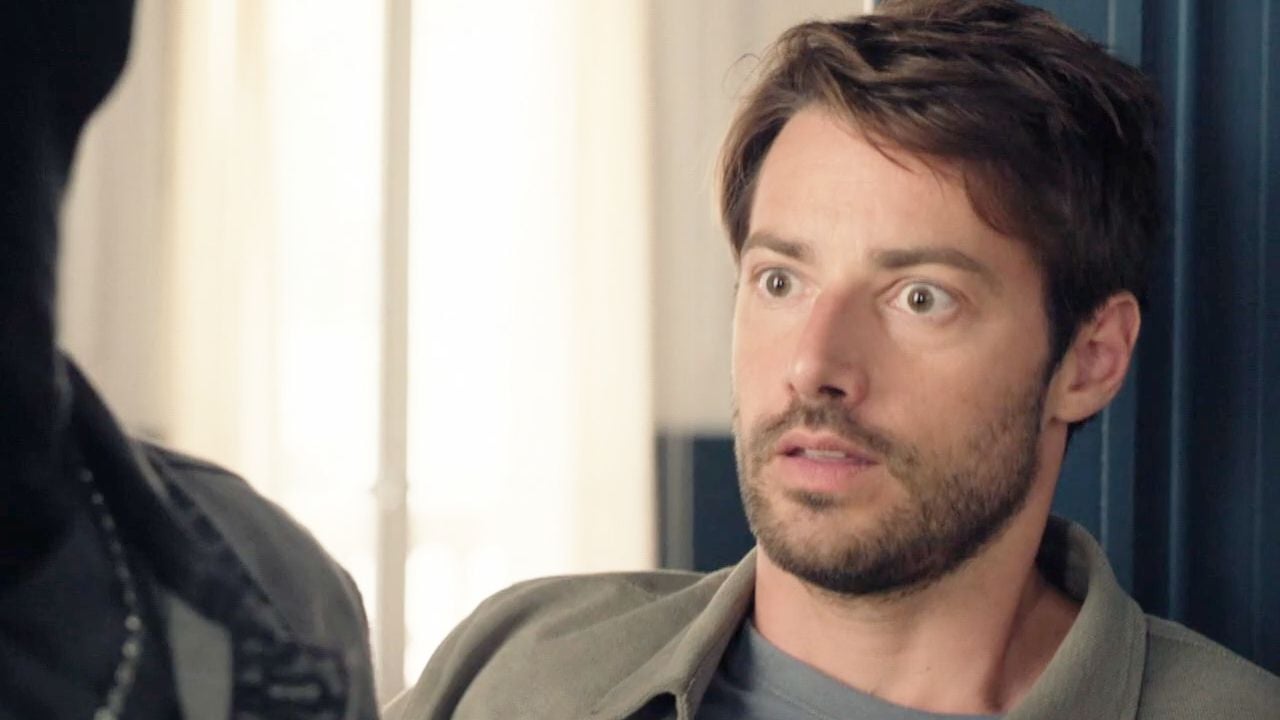No other member of the royal family has existed in pop culture with such a successful mix of novelty, patriotism and self-mockery as Queen Elizabeth II. This is evidenced by his two filmed meetings with James Bond at the opening ceremony of the London Games in 2012 and with Paddington Dutt for his anniversary.
But fictional portrayals of the Queen on screen, particularly in The Crown, have arguably played a bigger role in her renewed popularity with viewers, particularly younger audiences.
The historical drama has made the royal biographical genre more popular than ever: with streaming available, millions around the world have been able to watch the Queen’s life story like never before.
During the broadcast of the first two seasons of the series, with Claire Foy as Elizabeth II, New York Times write: “Foy showed us a young woman full of life, transformed and reduced to a national symbol.“The discovery of Elizabeth as a young woman, a lover, an awareness of the weight of the crown, allowed many to empathize with this person and forget (a little) her function.
Because the early seasons of The Crown cover a period when very little was known about the Queen’s personal life and personality. The public knew the “basic” facts about him, but stories about his private life and personality outside the office were tightly controlled by the palace.
With a young actress playing the role of the queen, the audience could imagine the “real” story of what happened to this young woman who, due to tragic circumstances, became a monarch sooner than expected or desired.
Claire Foy in season 2 of The Crown
In seasons 3 and 4, Olivia Colman portrays an elderly Elizabeth who struggles with middle age, motherhood, and the pressures of duty. The third episode of season 3 focuses on the Aberfan disaster – the 1966 coal mine collapse that killed 116 children and 28 adults – and the effect it had on the Queen.
In real life, the monarch visited the disaster site a day after the last body was recovered, a week after the tragedy. Her seemingly belated response drew criticism, a moment that would repeat itself decades after Princess Diana’s death.
In The Crown, the Queen is shown going to her bedchamber after the funeral, finally dropping her mask and crying alone. With that, and what Peter Morgan clearly understands, is that viewers of The Crown need to be shown the possibility that – behind the facade – there is a very different sovereign than what we’ve been shown in public for decades.
No one knows whether the Queen shed a tear after the ordeal, but Peter Morgan allows us to imagine that she did. A reaction that just seems obvious. But there’s no denying that our perception of Elizabeth II changes after watching this episode and others that make her simply human. And in the most convincing way.

Olivia Colman in season 4 of The Crown
The Crown has seen growing success each season, with 21 million households watching the third season in its first month — a 40% increase over the previous season, according to Netflix. Its popularity is good for the royal family, especially for younger audiences.
Giselle Bastin, an associate professor of English at Flinders University in Australia, testifies to the series’ impact on her students.ABC News :”I know from my own experience over the last 20 years that many young Australians were not interested in the Royal Family, but suddenly they are.
Queen has certainly grown in popularity with young people in the UK and Commonwealth in recent years and I think the Peter Morgan series is partly responsible for that.“
Even after her death, the Queen’s legacy will live on as a pillar of the cultural zeitgeist as audiences continue to be enthralled by the challenges and triumphs of her decade-long reign.
Source: allocine
Camila Luna is a writer at Gossipify, where she covers the latest movies and television series. With a passion for all things entertainment, Camila brings her unique perspective to her writing and offers readers an inside look at the industry. Camila is a graduate from the University of California, Los Angeles (UCLA) with a degree in English and is also a avid movie watcher.







